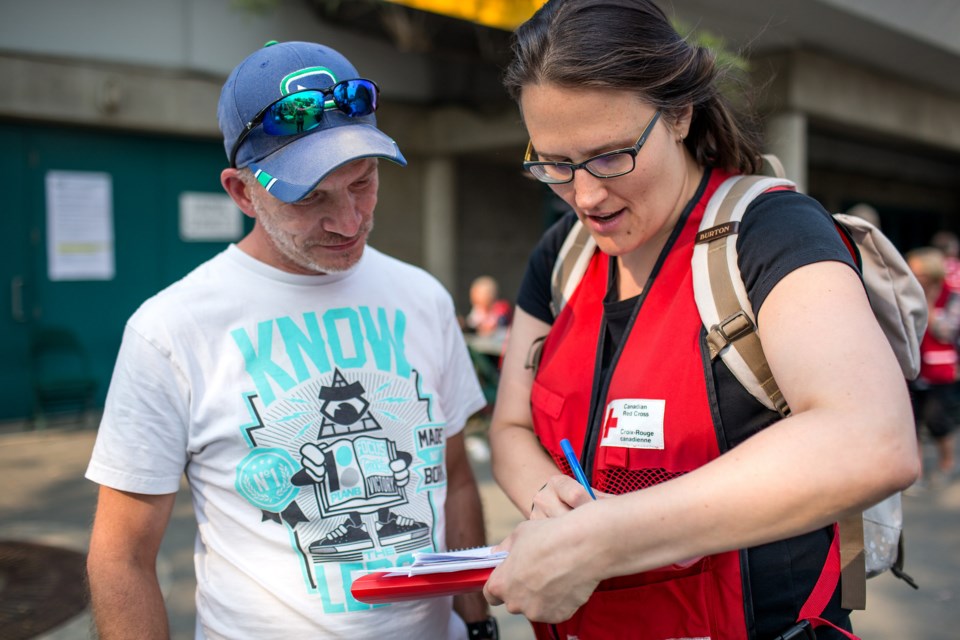As curtains of smoke came down over local mountains this summer, we could at least avoid the worst by staying indoors.
Elsewhere though, thousands were forced to evacuate their homes.
“There were approximately 38,000 people under an evacuation order,” said Alexis Kraig, Emergency Manager at the District of Squamish, many of whom were families who ended up with little time to get out.
In Squamish, she said, flooding is one of our greatest risks and though we like to think it might not happen, it probably will and we need to be prepared.
This means not only preparing our gear but our family too.
One of the best ways to prepare children, Kraig explained, is by including them in building family emergency kits: a travel kit for the car, a larger shelter-in-place kit for the home, and grab-and-go bags for family members.
“Make it something you do with your family together… it’s a great opportunity to talk about what’s in the kit, why it’s in there, and about the risks in our area.”
There are lots of resources online to help, including Sesame Street Emergency Preparation videos, Elmer the Elephant activities and games, and wise words from Smokey the Bear. Parents can also follow ‘Emergency Mommy’ (http://www2.gov.bc.ca) for tips on family disaster readiness.
Next, show your children where the kits are kept, said Kraig. Rehearse your emergency plan and practice your escape regularly.
“Know where your family meeting place is and where your emergency kit is,” she said.
It’s also a great opportunity for children to practice picking up their grab-and-go bags, as they would during an evacuation.
“Evacuations can happen anywhere. The families that did better this summer were those with a plan in place. Thinking ahead is huge,” she said.
Make sure everyone knows the escape routes from your house, she said. If the emergency is at night time and you have little ones, who will collect them from their beds? If it’s during the daytime, who will collect your children if you’re not with them? And where you will meet as a family if you are separated, or forced to head north or south?
Relying on cell phones to coordinate your efforts during a disaster isn’t wise, say experts. There’s no guarantee that cell coverage will be available, so plan for all eventualities and make sure everyone knows what to do.
The District’s Household Emergency Action Plan (www.squamish.ca) contains all you need to know about how to pack your kits and what to pack in them in.
If it’s all a bit much at once, the site 26 Weeks to Family Emergency Preparedness (www.embc.gov.bc.ca.) breaks down the preparation into manageable chunks, which helps spread out the cost too.
“Building your emergency kits becomes an easy thing you can do with your family where, just once a week, you have a small aspect to tackle,” said Kraig who encourages all households to prepare for being self-sufficient for a minimum of 72 hours, and up to a week.
“You don’t know how long you’ll be gone, so make sure you have enough resources…. You want everyone to be as comfortable as possible and for everything to be as routine for your family as possible,” she advised.
“Evacuations are stressful and children can feel that stress deeply, so it’s really important that you explain events as best you can and acknowledge what is frightening to them,” she said.
“Walking your children through your family’s emergency plan and involving them in the preparations, may help remove some of the anxiety and help them feel better able to cope.”
For more information visit www.preparesquamish.ca, www.getprepared.gc.ca, or www.squamish.ca.




